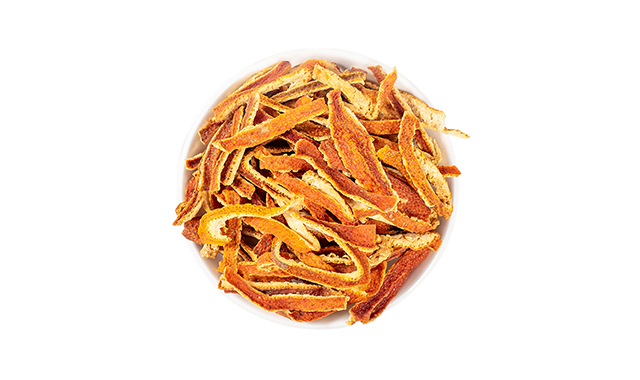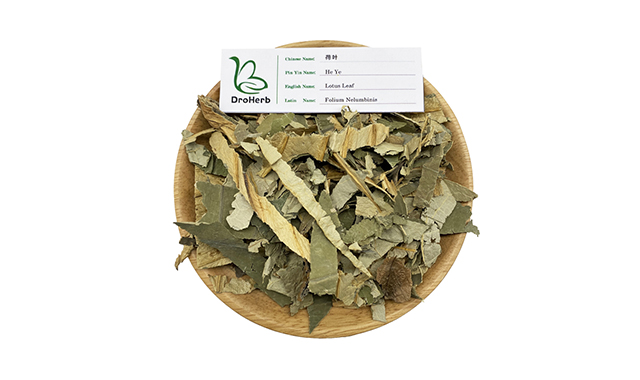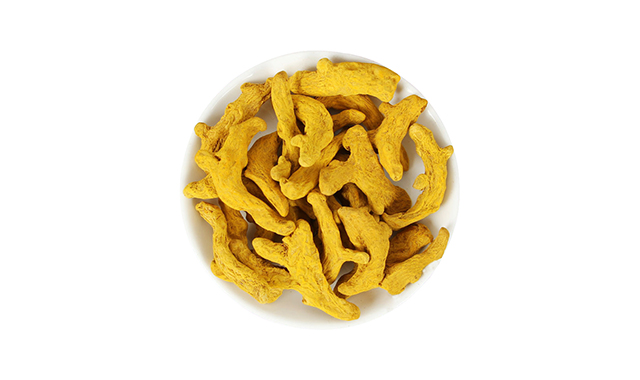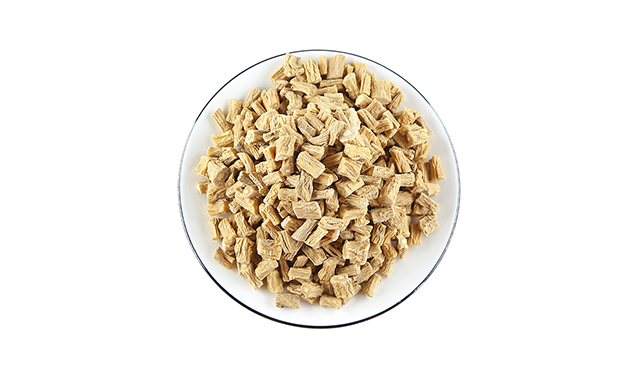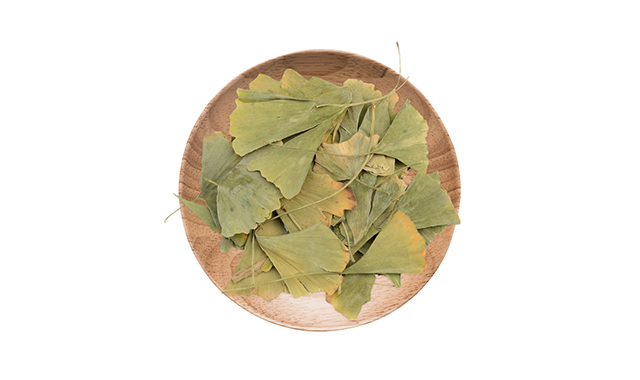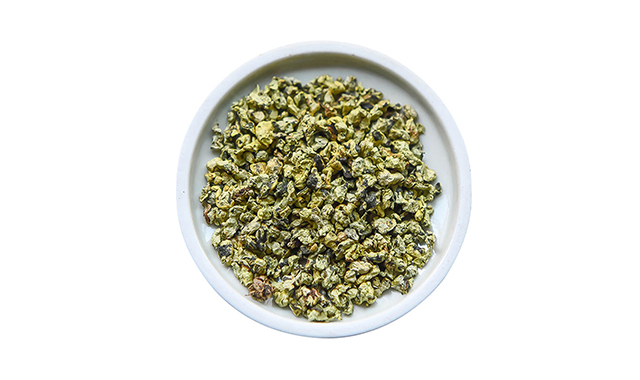Cheapest Factory Wolfberry - Buy Chinese herbal medicine radix pueraria herb ge gen for weight loss – Drotrong
Cheapest Factory Wolfberry - Buy Chinese herbal medicine radix pueraria herb ge gen for weight loss – Drotrong Detail:
What is Kudzu root?
Kudzu root, also known as kuzu, is mostly used as an herb in Traditional Chinese Medicine. Kudzu is often found in Southern foods eaten raw, sautéed, deep-fried, baked and jellied, but if you have a need to harvest kudzu, it must be done with care. Make sure you clearly identify it since it looks similar to poison ivy, and avoid kudzu that has been sprayed with pesticides or chemicals.
Kudzu root can be cooked like potatoes, or dry them and grind them into powder, which makes a great breading for fried foods or a thickener for sauces.
Product Description
| Chinese Name | 葛根 |
| Pin Yin Name | Ge Gen |
| English Name | Radix Pueraria |
| Latin Name | Radix Puerariae |
| Botanical Name | 1. Pueraria lobata (willd.) Ohwi
2. Pueraria thomsonii Benth. (Fam. Fabaceae) |
| Other name | Ge Gen, Pueraria Lobata, lpueraria herb, the root of kudzu vine |
| Appearance | Light yellow to white root |
| Smell and Taste | Odorless, a little bit sweet |
| Specification | Whole, lump, powder (We can also extract if you need) |
| Part Used | Root |
| Shelf life | 2 Years |
| Storage | Store in cool and dry places, keep away from strong light |
| Shipment | By Sea, Air, Express, Train |

Radix Pueraria Benefits
1. Radix Pueraria can ease diarrhoea;
2. Radix Pueraria relieves skin rashes and constant thirst;
3. Radix Pueraria eases symptoms of mild respiratory ailments, such as stiff neck and shoulders;
4. Radix Pueraria can promote the production of fluid and relieve thirst.


Product detail pictures:
Related Product Guide:
We are commitment to offer the competitive price ,outstanding products quality, as well as fast delivery for Cheapest Factory Wolfberry - Buy Chinese herbal medicine radix pueraria herb ge gen for weight loss – Drotrong, The product will supply to all over the world, such as: Washington, Zurich, Palestine, The president and all the company members would like to provide professional products and services for customers and sincerely welcome and cooperate with all native and foreign customers for a bright future.
It is not easy to find such a professional and responsible provider in today's time. Hope that we can maintain long-term cooperation.
-

Phone
-

E-mail
-

Fax
-

Whatsapp
-

Top

